Parque La Loma is the public face of a protected natural and ecological enclave. It also goes by the name Torres de Potrero Ecological Reserve. The area was long a “more-or-less” protected area, but it was named a park by the Mexico City government in 2010. It’s still only known to most Mexico City residents when they pass through the tunnel on the Supervia Poniente. Both tunnel openings are within the protected area. The only entrance to the park is via the Colonia Torres de Potero in Álvaro Obregón. It’s named for the high-voltage transmission towers that cross the neighborhood. The entire park is within the colonia Predio la Angostura just to the east.
The hill, that is La Loma, is a small mountain that’s covered in oak forest with some other species growing where they can. The park is home to two amphibians, five reptiles, and 17 mammals. A 2012 survey revealed some 31 bird species, but this was happily revised in 2019 when another 19 bird species were counted.
La Loma works as a natural biological bridge connecting the highlands of Cuajimalpa, Magdalena Contreras, and Álvaro Obregón, with the important protected areas of Bosque de Tlalpan, Pedregal and the Zacatépetl Hill. The hill provides rain water replenishment, as well a wind barrier, and extensive climate conservation.
For people though, you need to enter from the almost preposterously rugged Colonia Torres de Potero. The small public access area is just beyond the grounds of a small pre-school at the end of the Avenida de los Fresnos. The children’s play area is followed by several forested walkways that lead into the beautiful natural forest.
Hours: Daily, 10 a.m. to 6 p.m.



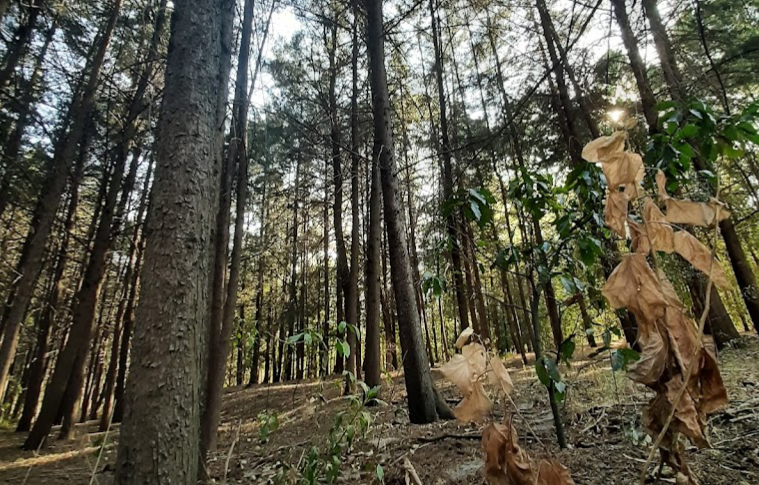
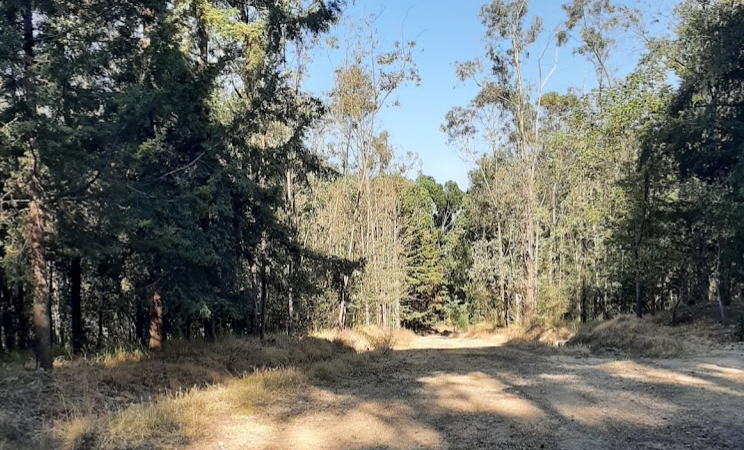
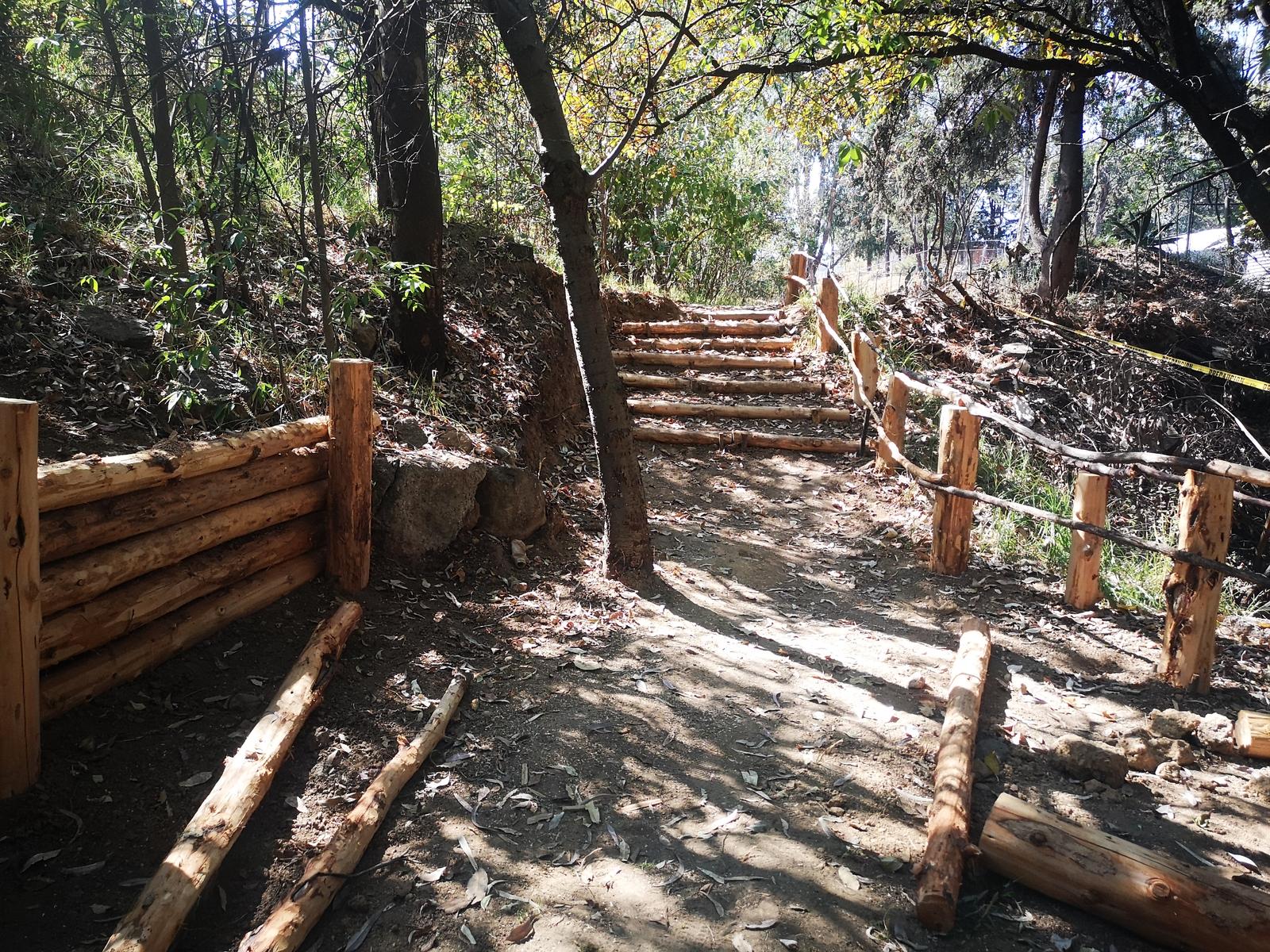
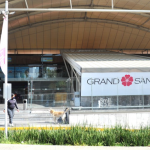

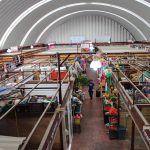
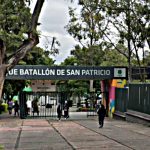
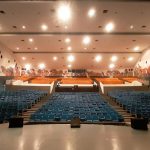
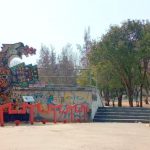

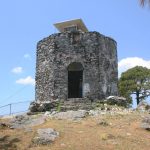
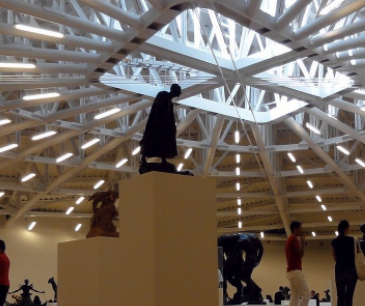



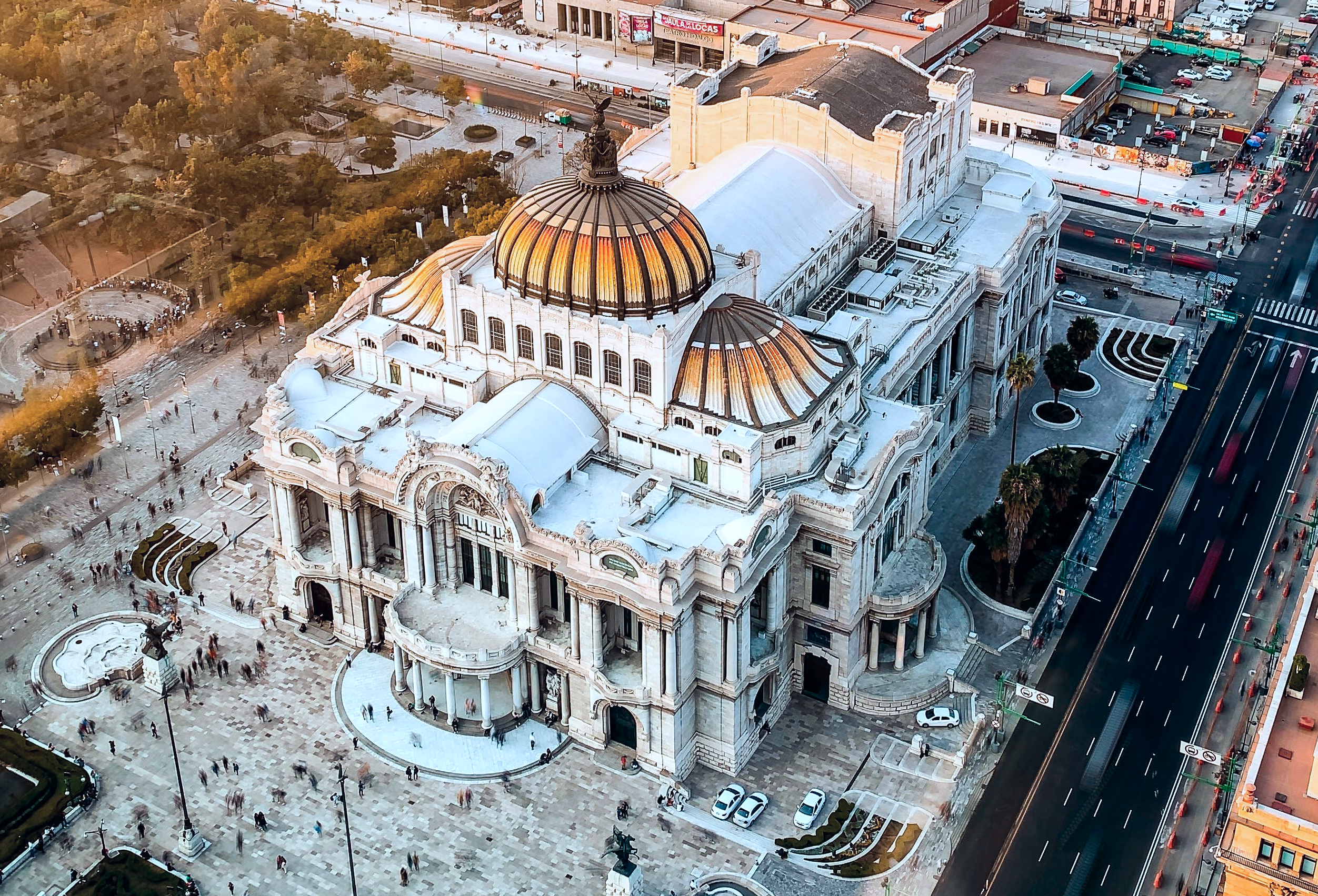
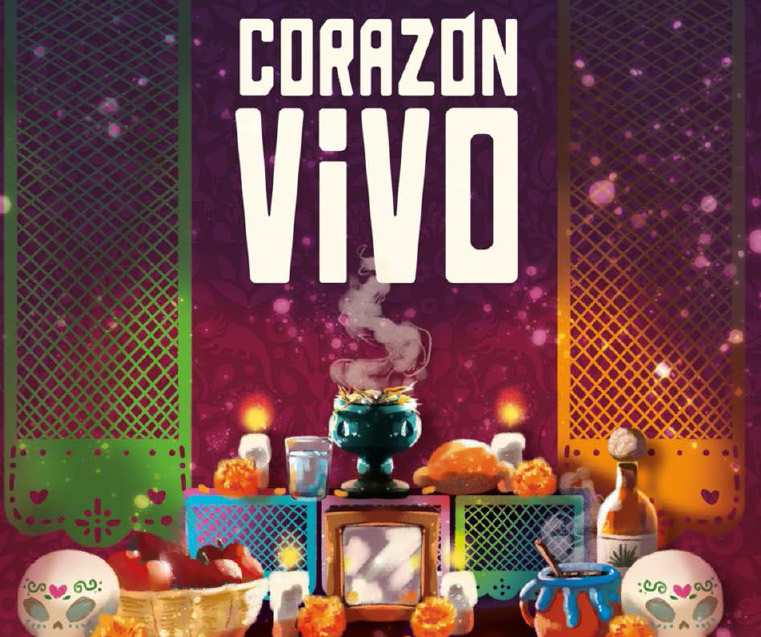
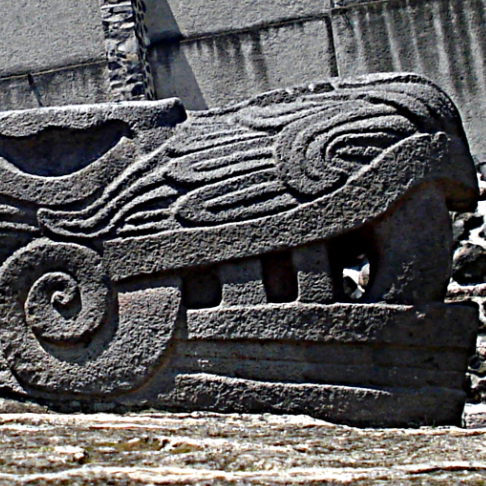
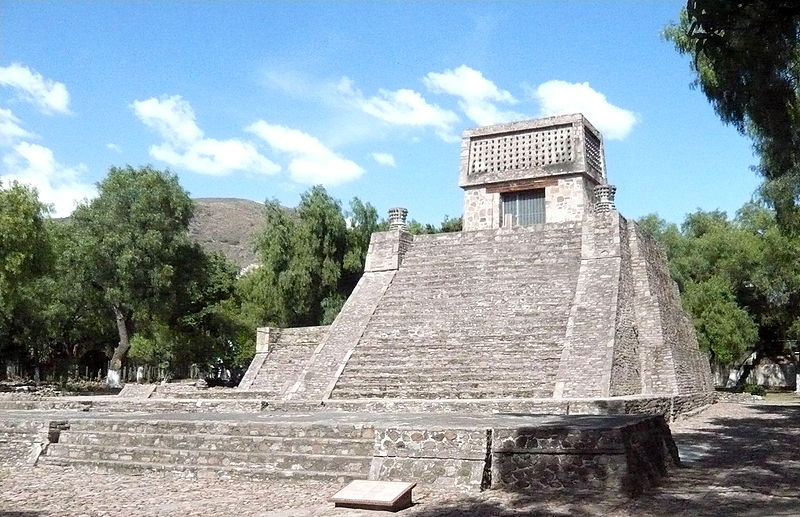
 Visitors Guide
Visitors Guide
 Intro to Mexico City Food
Intro to Mexico City Food
 Weather
Weather
 Emergencies
Emergencies